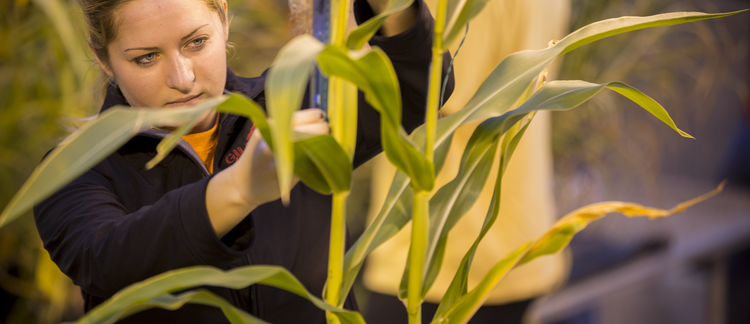Abstract
Demand for certified organic flax has increased due to a rise in human consumption of food products rich in omega-3 oil and due to the recent construction of a certified organic oilseed expelling facility in Cherokee, IA.Challenges exist to raising organic flax in the upper Midwest, including a lack of region-specific production guidelines, adequate weed management strategies, and seed availability. Contract requirements stipulate specific flax cultivars to be grown, but seed for these is not available locally. Seed shipped from Canada can be expensive,so accurate seeding rate recommendations are needed. Seeding rates may need to be increased for organic production over those suggested for conventional production to aid in weed suppression. In 2005 and 2006, ranges of seeding rates were evaluated to assess the effect on flax grain yield and oil quantity.
Keywords: Agronomy
How to Cite:
Wiedenhoeft, M. H., Carlson, S., Haden, D. & Smith, M. A., (2007) “Seeding Rate for Flax, 2005–2006”, Iowa State University Research and Demonstration Farms Progress Reports 2006(1).
Downloads:
Download pdf
View PDF
211 Views
83 Downloads

